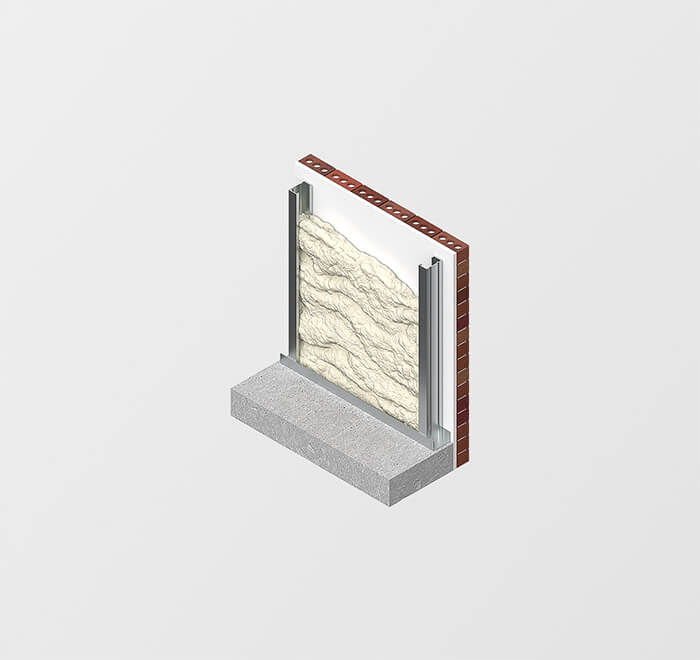K-13 vs SonaSpray "fc"
An explanation of the two cellulose products and a comparison and their differences and uses.
Arch. Frank Lavre
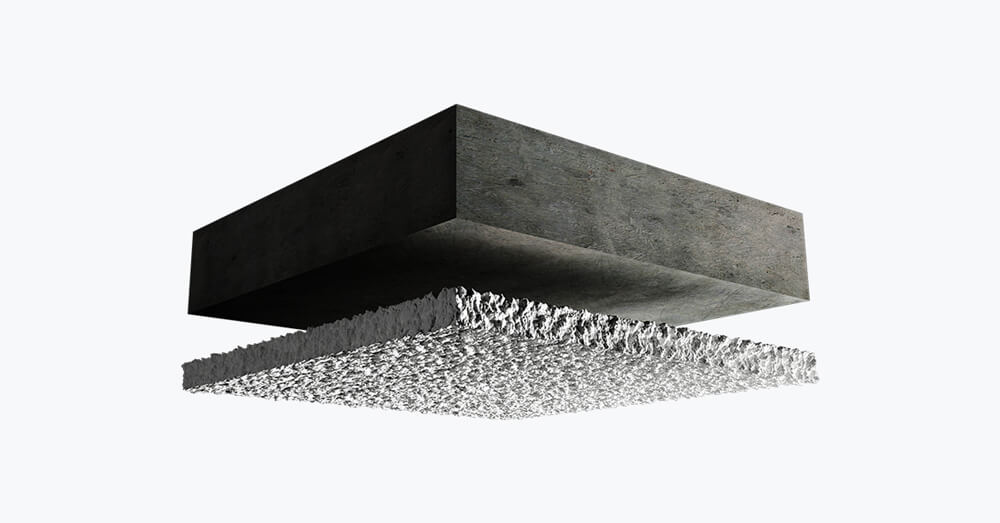
Visualization of SonaSpray "FC" on Surface
Arch. Frank Lavre
To start with, it is necessary to compare both of products and mention what are the main differences between K-13 and SonaSpray "fc" and which one will cover your needs.
Similarities and differences of K-13 and SonaSpray "FC"
SonaSpray is a sound-absorbing material and relate to decorative acoustic materials and designed to correct time of reverberation, in other words for volume reduce in public and entertainment places. This material is successfully used worldwide starting from 70s of the past century. This surface as well as technology its application developed by international corporation (ICC) International Cellulose Corporation. Cellulose is a major component of this product.
There are 4 different SonaSpray surfaces.
K-13, K-13 Special which contain coarse flakes, as well as 'fc' and 'fc xtr' possessing smaller and homogeneous structure. Firstly, K-13 provides excellent thermal and acoustical properties, which makes it a perfect solution for projects for instance parking garages because of protects the occupied space above from the most extreme temperatures below, when also aluminate unwanted noise. Moreover, K-13 is often used to control unwanted noise in places like sports arenas, gymnasiums, restaurants, and even music studios. SonaSpray ''fc'' on the flip side, is used purely for its incredibly sound control abilities. This makes it the perfect solution in places like worship centers open planed offices, schools, public spaces, and anywhere an attractive acoustical finish is needed.
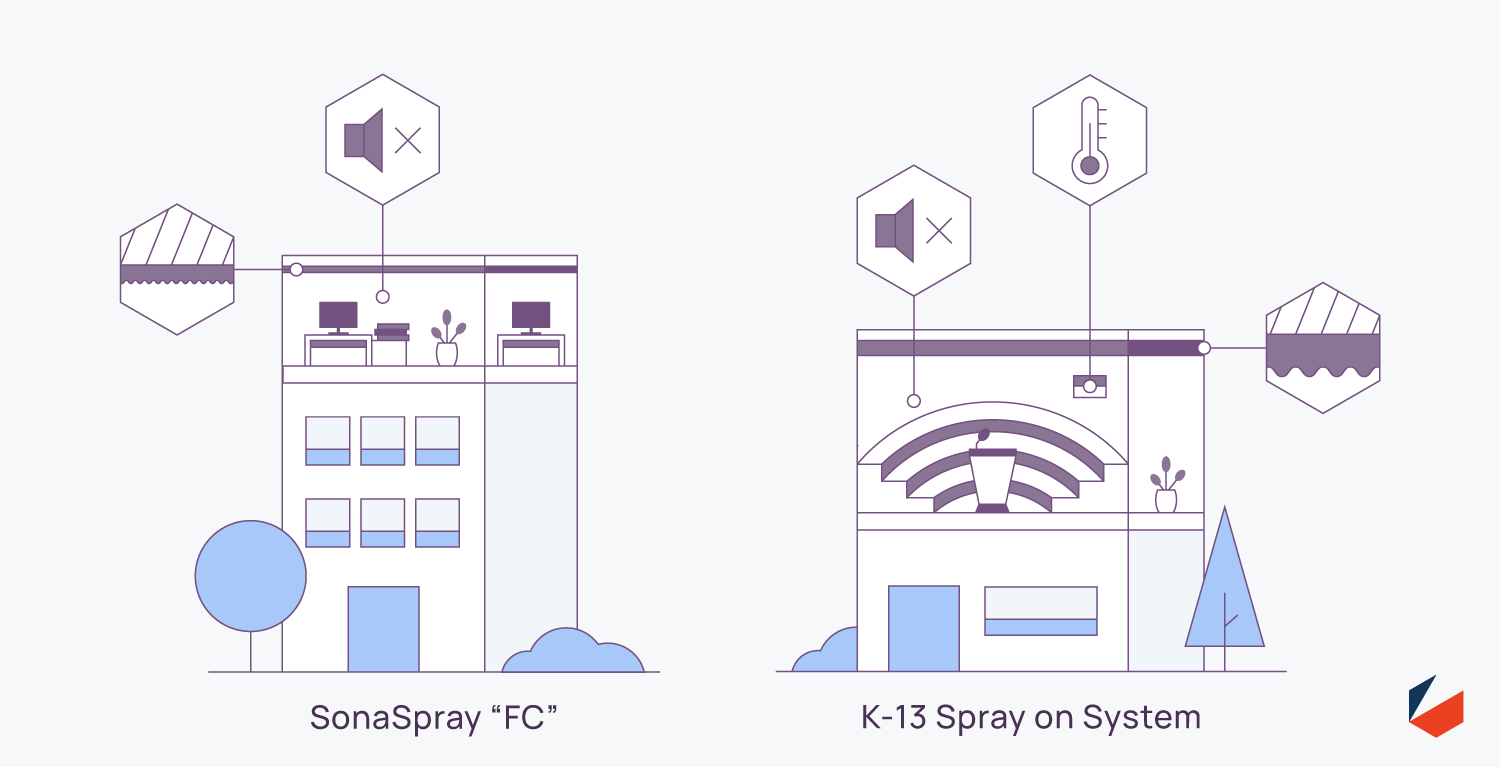
The Sphere of Application
Theaters
Soundproofing a theater, as well as soundproofing a concert hall, and any other similar room, is necessary to ensure acoustic comfort in the performance hall itself and in the adjacent rooms. Sound and noise from the outside should not interfere with the work of actors and musicians, just as the propagation of sound from the hall to the outside should be minimized.
Sound & Vibration Isolation for engineering equipment
No progressive auditorium is complete without modern equipment: air conditioners, fans, lighting systems, etc. Soundproofing a concert hall necessarily includes reducing the noise level from these technological means so that the background noise does not affect the viewer's perception. The required acoustic environment in the auditorium. Great sound in a theater and concert hall is one of the most important functional components of these facilities. Therefore, the issue of acoustics is always given increased attention and, as a rule, during the design, construction, or reconstruction, a separate specialist is engaged in this - an acoustic engineer.
Soundproofing of rehearsal rooms and music classes
If the building has such classrooms, it is also necessary to take care of their soundproofing. Sound and vibration insulation of floors, sound insulation of walls and partitions, and sound insulation of ceilings will create an optimal working environment for actors or musicians as well will exclude the spread of noise outside the music classrooms and rehearsal bases.
Schools, auditoriums, universities
Ensuring the proper level of soundproofing and comfortable hearing in schools, universities, lecture halls, leisure center is a sine qua non for student success. Constant noise interferes with the assimilation of the necessary information, reduces the quality of the educational process and negatively affects the health of schoolchildren and students. First of all, the ability to concentrate is impaired, attention and memory suffer, and academic performance falls. Therefore, according to the standards, the maximum permissible noise level for educational institutions should not exceed 52-54 db.
Why sound proofing is so important?
These products allow you to create "quiet zones" in which you can organize personal meetings with clients and partners, and conduct important meetings, brainstorms, and other events. High-quality acoustics will help to improve the efficiency of staff and provide high-level communications, in which you do not have to repeat what was said or ask the interlocutor about something.
Energy efficiency and why it is important
The energy efficiency of a building is a quality characterized by the amount of energy required to create proper living and living conditions for people. The less energy a building use to maintain the required indoor climate, the more energy efficient the house is. In turn, high energy efficiency is the key to control energy consumption, efficient energy consumption, and, consequently, saving on utilities and living in an environmentally friendly environment.
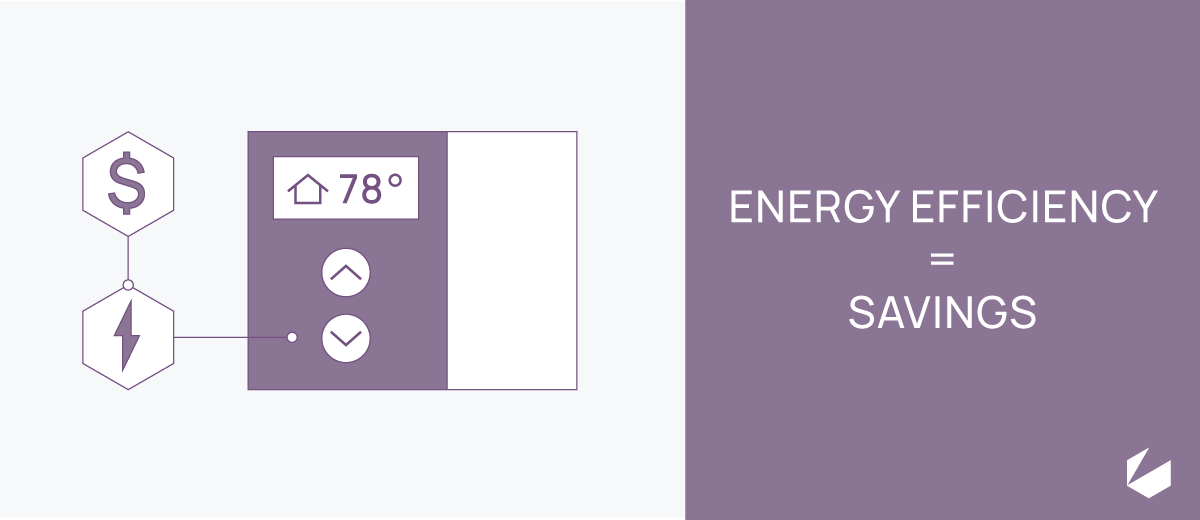
Remember that providing developers with an appropriate level of energy efficiency will save up to 40% of energy, reduce the harmful impact on the ecological quality of settlements and save on utility bills for residents of the house. Modern trends and rhythm of life, namely a rational attitude to the money earned, which eliminates meaningless extravagance, as well as exactingness to the things that surround us, not only in terms of aesthetics but also quality, encourage investors to make a choice in the direction of highly energy-efficient housing.
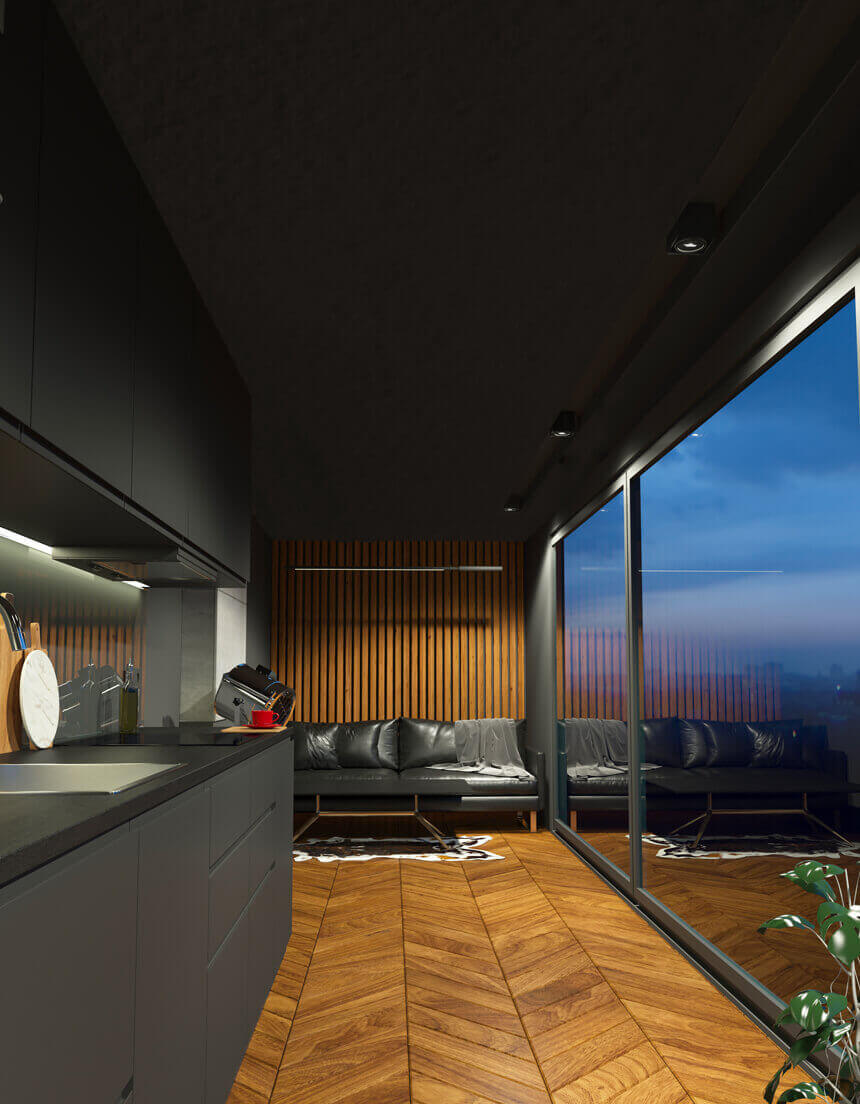
Project: Container house
Arch. Frank Lavre
Conclusion
K-13 and SonaSpray "fc" are class 1 class A fire-rated materials. Both of these materials are available in diverse standard or custom colors to suit almost any design and concept. What makes the product unique is there texture.
K-13 offers a natural texture that is perfect for complementing interiors that are sharp or industrial while SonaSpray "fc" has a more refined texture that will suit modern interiors.
All things considered, it seems reasonable to assume that, when choosing one or another type of mention above materials, it is best to contact a specialist who will measure the noise background in the room and recommend the best option to cover your needs.
About the author
Frank Lavre is an up-and-coming Architectural Engineer, based in Poland. Driven by his passion for sustainable development, he delivers innovative high-performance solutions without compromising aesthetics.

